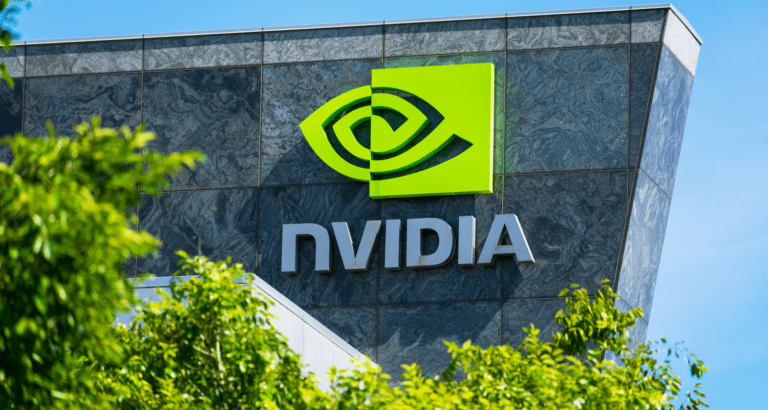Nvidia’s first-quarter figures will please its shareholders. The GPU giant pulled in $7.2 billion, significantly more than the expected $6.5 billion. The real tastemaker, however, were the projected Q2 results: 11 billion in revenue versus the analyst consensus of 7.2 billion.
However, the results presented by Nvidia CEO Jensen Huang had two sides. The gaming market, which has been the initial reason it was able to grow to such a large extent, showed a 38 percent contraction from 2022. However, demand at the much more lucrative data center market rose by 14 percent.
AI leader
Nvidia remains the leader in terms of AI hardware, even as we see developments from other tech giants regarding AI acceleration. A big success story here is the A100 chip, which cost roughly $10,000 each. The hard-to-get H100 is even more powerful. Still, a party like Google is trying to offer competition with its own AI supercomputer. For now, it does not seem to be causing a hit to Nvidia’s bottom line. Incidentally, other Q1 earnings calls also mostly talked about AI.
Tip: Google: proprietary hardware faster than Nvidia A100 in AI supercomputer
Lately, Nvidia has made an lot of deals with third parties to supply them with AI accelerators. Not too surprising, since AI applications are constantly being announced these days and they need hardware to run them. Recent events such as Microsoft Build and Google I/O involved the implementation of artificial intelligence in just about every product. None of this is currently easily run locally, even for large organizations. For that reason, the vast majority of AI chips are in the cloud, deployed to train models with gigantic data sets or to generate a ChatGPT response, for example.
“The computer industry is going through two simultaneous transitions—accelerated computing and generative AI,” Huang stated. “Our entire data center family of products—H100, Grace CPU, Grace Hopper Superchip, NVLink, Quantum 400 InfiniBand and BlueField-3 DPU—is in production. We are significantly increasing our supply to meet surging demand for them.”
Whether they can actually meet demand, remains to be seen. What is clear is that the scarcity of chip production has decreased since the Covid-19 pandemic. From 2020 to 2022, GPUs were in short supply, especially for gamers.
Optimism at Nutanix
Shares were not only on the rise at Nvidia. Cloud computing company Nutanix saw its shares soar, in part by reporting a 32 percent increase in revenue compared to the same quarter last year. Companies like Nutanix make frequent use of Nvidia products, such as for GPU-accelerated VDI deployments in data centers.
